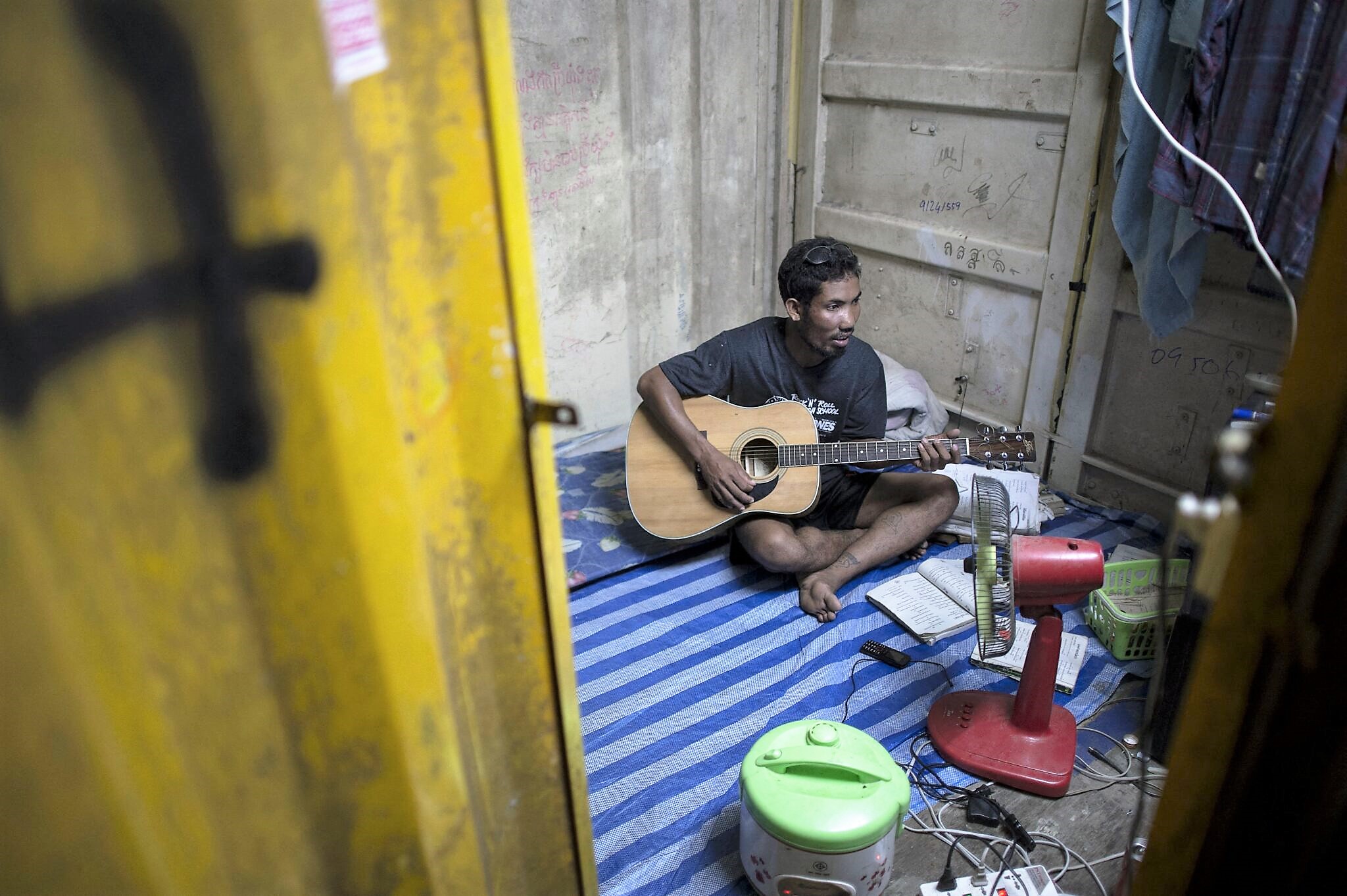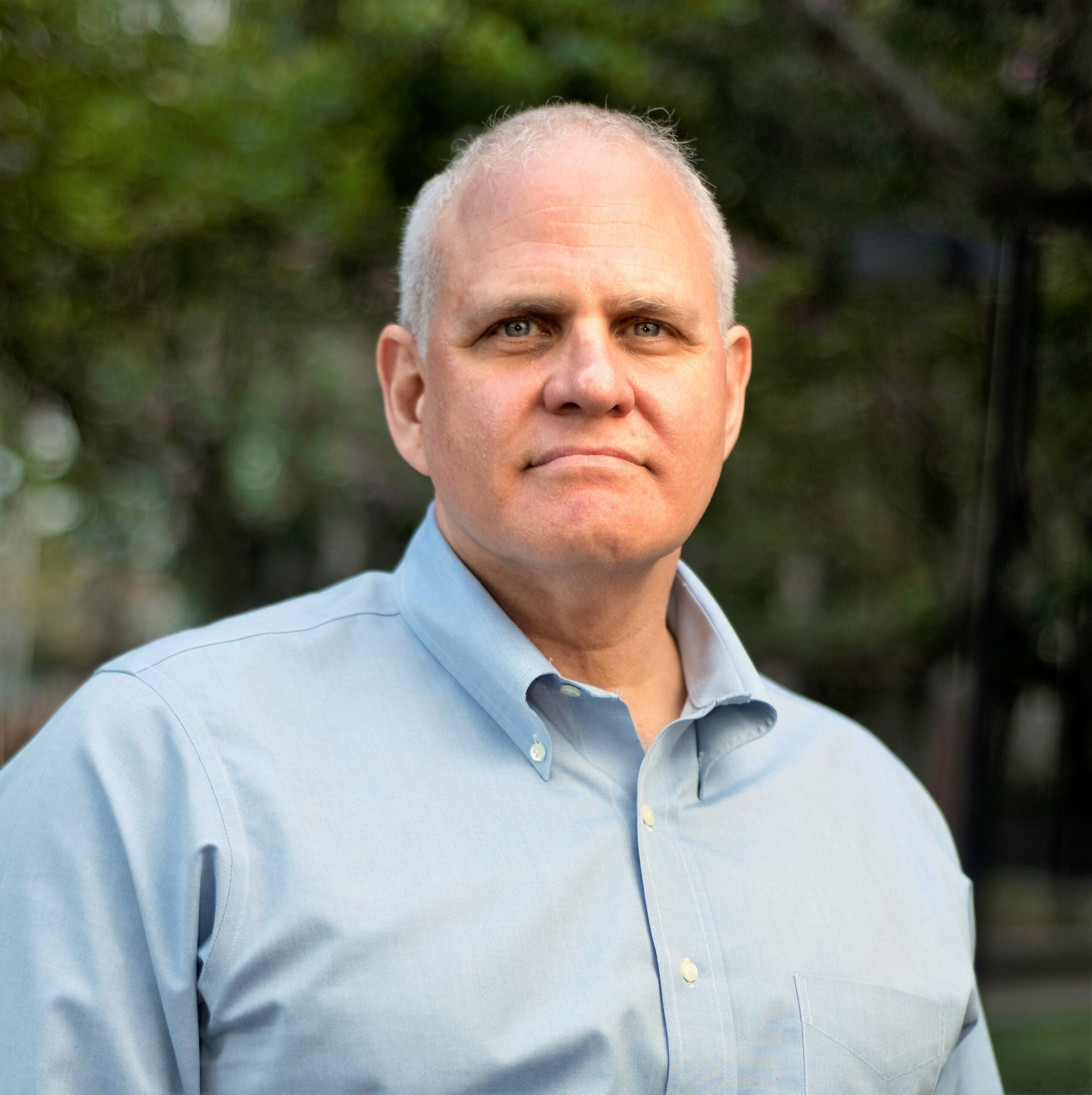To mark World Migrant Day on 18 December, Southeast Asia Globe sought a contributor to discuss the experience of migrants in the region. Matthew Friedman, a former project manager with the UN Interagency Project on Human Trafficking, wrote about the exploitation of Laotian migrant workers.
One of the best ways to understand what human trafficking is all about is to hear a story from one of the victims.
This story of a young man who fell prey to traffickers was shared with me during my last trip to the country. After meeting with an agent, the man crossed the border between Laos and Thailand to take a job that was not what he had been promised. He recounted the following:
“When I arrived at the construction site in Thailand, I was so excited. The recruiter was right about the position. The foreman told me that I could have a good job. While he said he couldn’t pay me for the first three months, I didn’t mind. I trusted him.”
“Every day I worked from 7am to 7pm. The work was hard and dangerous, but that was okay. After three months, I went to get my pay. But the foreman told me that I’d have to wait another two months. I borrowed more money from my friends and continued to work. But each time I asked for my wages, I was told the same answer: next month.”
“After 12 months, I was desperate. I was heavily in debt and without any money. When I heard that there were others like me, we all approached the foreman. This angered him greatly.”
“The next day, a van pulled up and the police took us all away. The foreman stood there and smiled. At that moment, I could tell that he had never intended to pay any of us.”
“Two weeks later, I was deported back to Laos. For an entire year, I worked for nothing. I had been a slave.”
The young man’s story represents an all-too-typical drama playing out among Laos migrants who find themselves in countries like China, Thailand or Malaysia. The exodus of migrant workers contributes to the estimated 20,000 modern slavery victims who can now be found in Laos.
How do people from a small, landlocked country find themselves in slavery situations? My experience includes working for the US Agency for International Development (USAID) and the UN Interagency Project on Human Trafficking with responsibility for offices in China, Cambodia, Laos, Myanmar, Thailand and Vietnam. I found the most common approach traffickers use to recruit victims is deception.

During the time I spent in Laos, more than 70% of cases I observed fell into this category. Mirroring the experience of the unpaid construction worker, traffickers gain a person’s trust and then lie about the conditions of employment opportunities.
They might offer a naive, vulnerable person who is facing hardship and perhaps dire poverty the one thing that seems completely out of reach: a productive life, an easier life, a life benefitting not only him but his entire family. This dream is offered with little or nothing asked in return.
The truth is traffickers are master manipulators. They often use the same basic message to ensnare their victims: ‘If you do what I say, if you trust me, then your life will be infinitely better. Not sometime in the distant future, but today! Right now!’ For those who seldom have access to any opportunities at all, such offers are too tempting to pass up.
Therefore, one of the biggest challenges the anti-slavery sector faces is how easily people accept such promises. Most trafficked persons are simply naïve. They want so much to believe the promised opportunity is real that they put common sense and logic aside.
For those who seldom have access to any opportunities at all, such offers are too tempting to pass up
As thousands of people are trafficked, why doesn’t this information help reduce the number of workers who are tricked into this same situation? The answer is ‘face.’
The concept of maintaining ‘face’ is based on avoiding confrontation and/or not embarrassing oneself in front of others. Many people from Laos who are lured and trafficked then lie about their experiences after they return. They don’t want others to know their employment endeavour failed. This is embarrassing for people across Asia, including Laos.
It is important to note that many people who are lured and trafficked do not lack intelligence. The traffickers are just very convincing liars.
While working for the UN, I agreed to an interview with a reporter. We met in a small coffee shop outside the city center. Within minutes, the reporter was talking about how stupid migrants are to allow themselves to be trafficked, contiuing with these insensitive statements for several minutes.
After enduring this uninformed view, I finally said, “With all due respect, I have some questions to ask you. What do you know about me? You came to meet me at this little café based on faith. You assumed I was a good, respectable guy. But what if I wasn’t? What if I was a trafficker? I’d be able to take advantage of you right now. A van could pull up and snatch you. Do you consider yourself to be stupid? Of course not. But this is how trafficking works: a simple exchange when a person least expects it. It isn’t stupidity, it is a misjudgment of trust.”
The reporter began to look around nervously, as if there might be some truth to the notion of me as a trafficker. Afterward, her tone completely changed and we continued the interview.
But the situation is changing for the better in Laos. People are coming to realise that for potential migrants to fully understand the process, they first need to understand the inherent dangers.
One strategy being used in Laos is to ask former trafficking victims to tell their stories. While this runs counter to the concept of ‘saving face,’ it is one of the most effective methods to help prevent others from making the same mistake.
The USAID counter-trafficking project with Winrock International, a nonprofit development organisation, uses this approach among their programme activities. I also think this approach is relevant and important.
The word ‘testimony’ derives from the Greek word ‘martyria,’ meaning to offer up evidence. The root of the word is ‘martyr’ and a loose translation is ‘the evidence of what nearly killed me.’ The term describes a journey through hardship, along with actions taken to overcome these challenges. Each testimony is personal and unique.
Those providing testimony are offering the intimate details of their personal struggles. This self-exposure may require a person’s deepest pain and fears to be publicly displayed. Those who take it upon themselves to provide testimonials do this because they care about their fellow citizens. They do it out of a conviction that what they learned can be passed along to others. It is a compassionate, loving act of kindness.

Testimonies from modern slavery survivors are powerful because people can relate to them and understand the drama that engulfed their lives. When I was working in Laos, a small group of fishermen, factory workers and construction site workers agreed to share their testimonials. These stories undoubtedly served as a beneficial warning to others who may have fallen prey to the tactics of traffickers.
To protect Laos migrants from being exploited in other countries, more survivors need to recount their experiences. This will encourage others to follow. The outcome will be further exposure of the potential dangers of international migration, leading to steps being taken to avoid those hazards. Migration can be a very positive step in a person’s career, but it should be done with eyes wide open to the risks involved.
For the rest of us, the stories of slavery survivors like the young man in Laos can help us gain a better understanding of migrant workers who are forced into extreme conditions to earn what they hope will be a better life.
Matthew Friedman is a former deputy director of the USAID health office in Thailand and a former UN Interagency Project on Human Trafficking regional manager. He is the founder of The Mekong Club, a business consortium helping fight human trafficking, and the author of a new book, ‘Where Were You? A Profile of Modern Slavery.’


